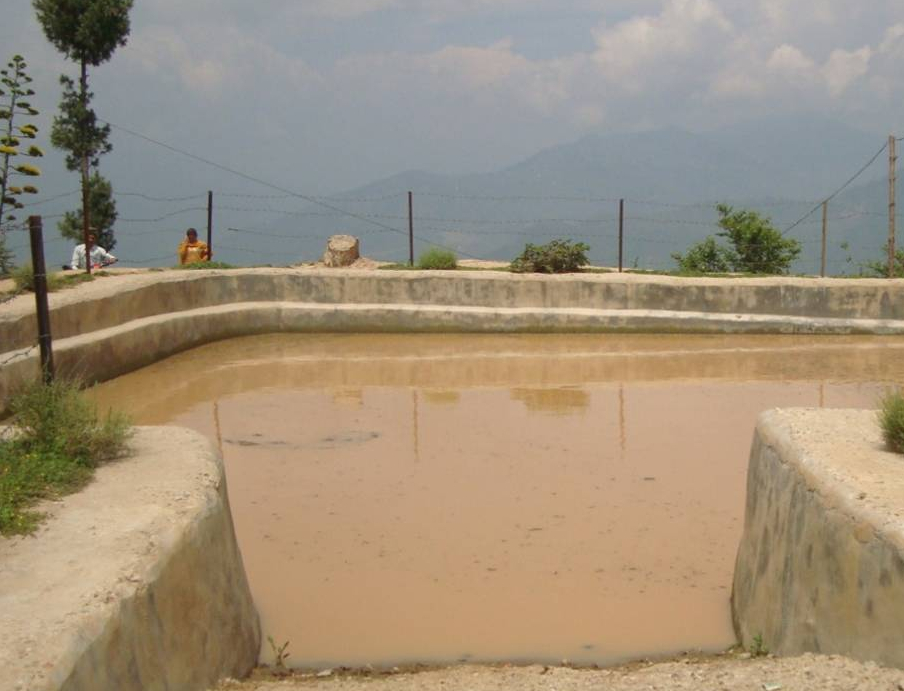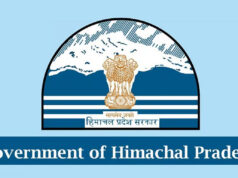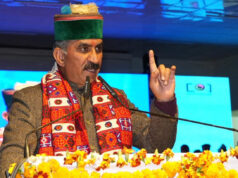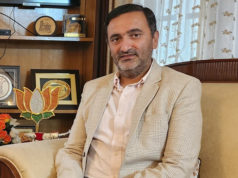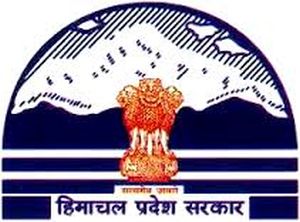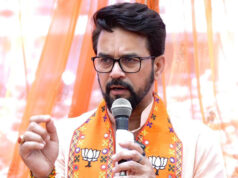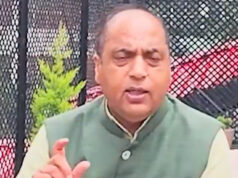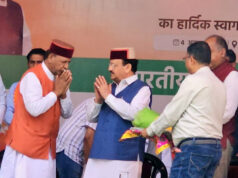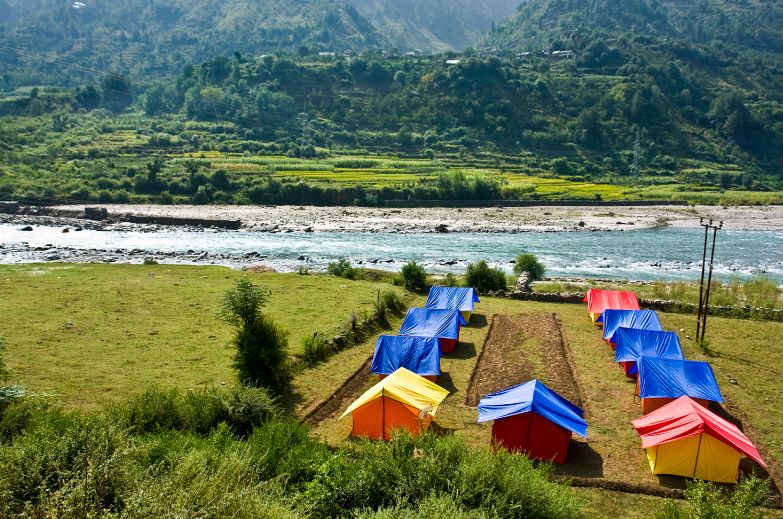To improve water management through afforestation, sustainable land management, soil and water conservation, the Himachal Pradesh Government has given emphasis on Watershed devolvement programme and effectively implementing in the state.
In a hilly State like Himachal Pradesh, where agriculture lands under irrigation facilities are scanty, it requires some innovative step to harness the full potential of agriculture in the state. The Watershed Development Programme is one of that and helping developing wastelands, improving degraded and drought prone land in the state. It’s also proving beneficial to restore the ecology balance by harnessing, conserving and developing natural resources.
The Watershed Development Programme has three sub components viz Integrated Wastelands Development Programme (IWDP), Drought Prone Area Programme (DPAP) and Desert Development Programme (DDP). The Government of India has now introduced Integrated Watershed Management Programme (IWMP) from the year 2008.
Prior to implementation of common guidelines under IWMP, the state of Himachal Pradesh had been sanctioned an amount of Rs. 529.82 crore for the treatment of 894914 hectare of area. IWDP is being implemented in district Chamba, Hamirpur, Kangra, Kinnaur, Kullu, Mandi, Sirmour and Solan. Under this programme, total 67 projects costing to Rs. 254.12 crore for the treatment of 452311 hectare of land had been sanctioned. DPAP is being implemented in Bilaspur, Una and Solan districts where total 412 micro watershed projects costing to Rs. 116.50 crore for the treatment of 205833 hectare area had been sanctioned. Likewise DDP is being implemented in the district Lahaul & Spiti and Pooh division of district Kinnaur where 552 micro watershed projects costing to Rs. 159.20 crore for the treatment of 236770 hectare area had been sanctioned.
The perspective and strategic plan under the IWMP for the state was pre requisite document for approval of new projects. The perspective and Strategic plan for 3112472 hectare rain fed area of the state costing to Rs. 4668 crore had been prepared and approved by Government of India. Out of total geographical area in the state, the irrigated, snow covered, dense forest areas, land put to non agriculture use and already treated area under IWDP, DPAP and DDP and the other departments in the state have been excluded and the remaining areas both forest and non forest lands have been considered in the perspective & strategic plan. The proposed area would be covered under IWMP during 12 to 15 years.
The department has already sanctioned 163 projects under IWMP for the state upto 2014-15 and would cover 839972 hectare of area costing Rs. 1260 crore, against which till date Rs 164 crore have been spent on the treatment of 70074 hectare of area. During the last two years as many as 53 new projects costing Rs. 375 crore have been sanctioned under IWMP, which would cover 249916 hectare of area.
The Government is also organizing capacity building and training of all stakeholders under IWMP projects through various empanelled reputed universalities and other institutes within and outside the state, besides organizing awareness camps, seminars to the PRIs and watershed communities at PIA level.
The new approach would systematically integrate livestock and fisheries management as a central intervention and encourage dairying and marketing of dairy products. In the rainfed areas, the animal resources become a major source of income for the people. When effectively integrated with the Watershed Development Projects, a comprehensive animal husbandry component would contribute significantly to ensuring a better and sustainable livelihood for the people of the rain fed areas.
Similarly, Gram Panchayats have an important role in planning the watershed development projects at the intermediate level. The Watershed Committee would constitute SHGs in the watershed area with the help of WDT from amongst poor, small and marginal farmer households, landless/asset less poor agricultural labourers, women, shepherds and SC/ST persons. These Groups are dependent on the watershed area for their livelihood. Each Self Help Group has been provided with a revolving fund of an amount to be decided by the Nodal agency.


